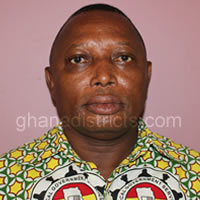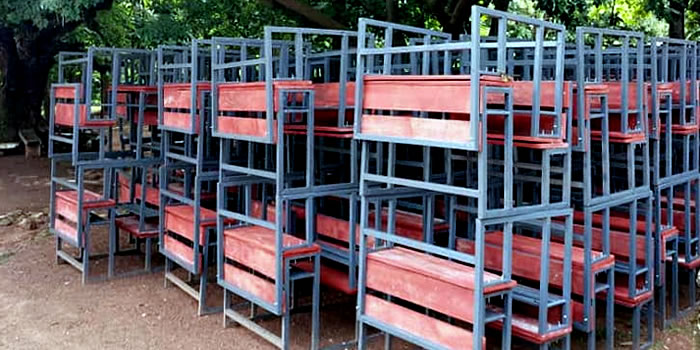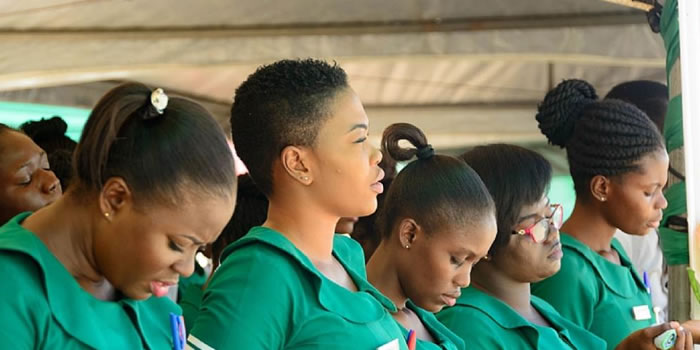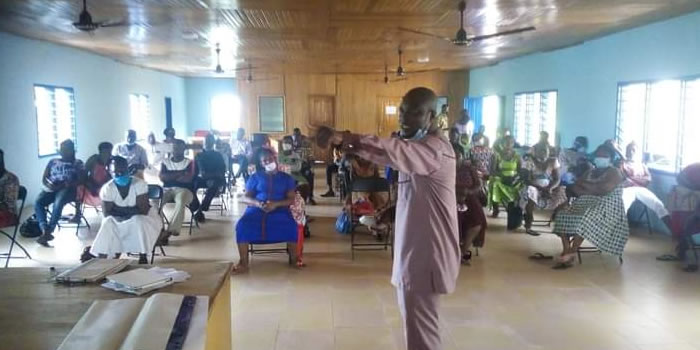

Tourism Attractions
Wenchi District has important historical places of interest, which can be developed into major tourist sites. The Chiridi Waterfall is a natural phenomenon situated a few kilometres from Nchiraa, which is about 28 kilometres from Wenchi town. The Fall is located in a rocky and natural virgin forest.
When developed, it could serve as a prime source of recreation and income generation. Bui Wildlife Reserve is located in the north-western part of the district. It is about 78 kilometres from Wenchi. The flora spreads along the Black Volta and is exotic. It provides a natural habitat for many animal species.
The Black Volta has hippopotamus and crocodiles. There are also several historical artifacts and places of interest in the district. “Bonso” is a hole, which the people of Wenchi are believed to have come from. It is located at a place known as Ahwene. Boti Falls and its sacred fish are located in the river near Wenchi.
The fishes inside this river are not eaten because of the religious importance attached to them. The Kwaku Firi Shrine is an internationally known shrine located at Nwoase, whose popularity dates back to the early 1990s. The existence of all these artifacts and cultural centres indicates that with the collaboration of genuine investors, tourism can be harnessed and developed for wider benefit.
The district also has two traditional festivals that are very exciting for locals and visitors alike. One is the Bometuo Festival, celebrated by the people of Badu and Jensoso. It is celebrated by young girls who are allowed to partially show their felinity to signify that they have come of age. The other one, the “Apruw” Festival, is celebrated by the people of Wenchi and Nwoase.
The underlying importance of this festival is that citizens are allowed to speak of the vices of their leaders without fear. It serves as a means of social control and a check on the area’s leadership.
However, after the festival, one may be held liable for whatever one may say. The Wenchi District continues to make giant strides in the social, political and economic spheres. Private sector participation is now required to fully harness the unfolding economic opportunities.
Ethnicity
About eight major ethnic groups are found in the Wenchi District (see Table 1.19). However, 50% of them are Bono, the dominant indigenous group. This is followed by the Banda (15%). These two and other tribes such as the Mo, Badu and the Ashantis are mainly farmers.
Other tribes as Fantes and Ewes are mainly fishermen and carpenters. The Dagombas are settler farmers and the Sisalas are normally charcoal producers. In spite of the multiplicity of tribes, there is relative
Date Created : 11/21/2017 4:13:51 AM













 facebook
facebook
 twitter
twitter
 Youtube
Youtube
 +233 593 831 280
+233 593 831 280 0800 430 430
0800 430 430 GPS: GE-231-4383
GPS: GE-231-4383 info@ghanadistricts.com
info@ghanadistricts.com Box GP1044, Accra, Ghana
Box GP1044, Accra, Ghana